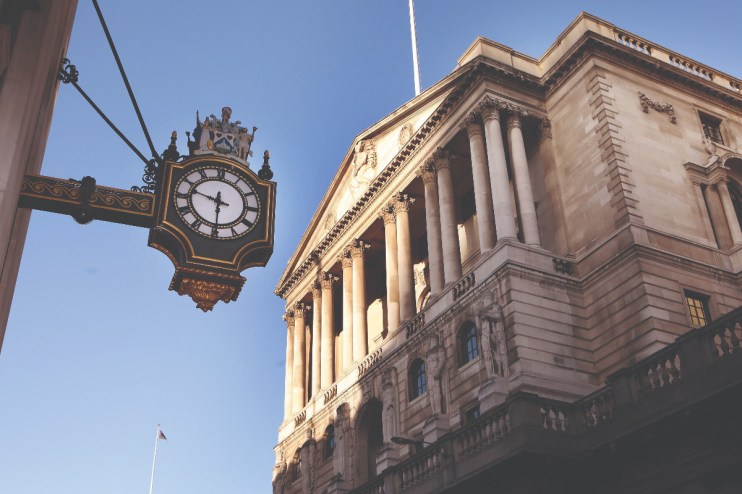Why the Bank of England won’t cut rates – even if it wants to

The Bank of England desperately wants to cut rates. Inflation has fallen and mediocre GDP numbers mean the UK needs to do something.
There’s just one problem: The Federal Reserve.
The American central bank has been distancing itself from the possibility of rate cuts, to the point where coming into 2024, markets were pricing in six cuts from the Fed by the end of the year. Now, they’re pricing in just over one.
“The problem at the moment is that the inflation data in the US has just consistently surprised to the upside,” explained Nick Chatters, investment manager at Aegon.
Stubborn inflation has forced the Fed to wait before cutting interest rates. In its policy announcement last week, the central bank said “there has been a lack of further progress toward the committee’s two per cent inflation objective” in recent weeks.
This is a problem for the Bank of England.
“It’s going to be very difficult for the UK and Europe to move in a very different direction from the Fed,” warned Iain Buckle, head of fixed income at Aegon.
“The Bank and European Central Bank can start, but they just can’t go without the Fed or keeping going without the Fed,” added Chatters.
While the Bank of England “would like to” go in June, they can probably only “get away with two cuts without the Fed”, he explained, leaving a “multi-cutting cycle” off the table.
The transmission through to the currency is the key sticking problem, as moving without the Fed could cause the pound to drop, as savers move their money away to get better returns on cash.
This means that the Bank of England will be sitting and waiting for a Fed cut, but it’s not good news: Aegon is saying the probability of a hike from the American central bank is “non-zero”.
“We think it’s a tail risk, but it’s probably an increasing tail risk in terms of that likelihood of a Fed hike that has gone from effectively zero to something over the last few weeks,” said Buckle.
He complained that markets “aren’t even thinking about the possibility the Fed isn’t done”, and it could be the “biggest shock to markets” if they go through with it after months of higher-than-expected inflation numbers.
If inflation numbers in the US come in low enough over the next few weeks, then they might be able to start cutting, but it’s unlikely: Markets give a less than 30 per cent chance of a Fed cut by June.